Even the most casual gamers have at least some familiarity with The Legend of Zelda games. The series was an instant hit from the moment it launched on the Famicom Disk System in 1986, and since then it’s only become more popular thanks to new entries that consistently reinvent the franchise (and even video games as a whole).
With such a lengthy history and more than a dozen mainline entries, there’s no shortage of obscure Zelda trivia out there. But while you might know about the complicated timeline or the terrible CD-i games, these are 15 facts that even the most diehard fans probably never knew about The Legend of Zelda as we look forward to the upcoming release of Tears of the Kingdom.
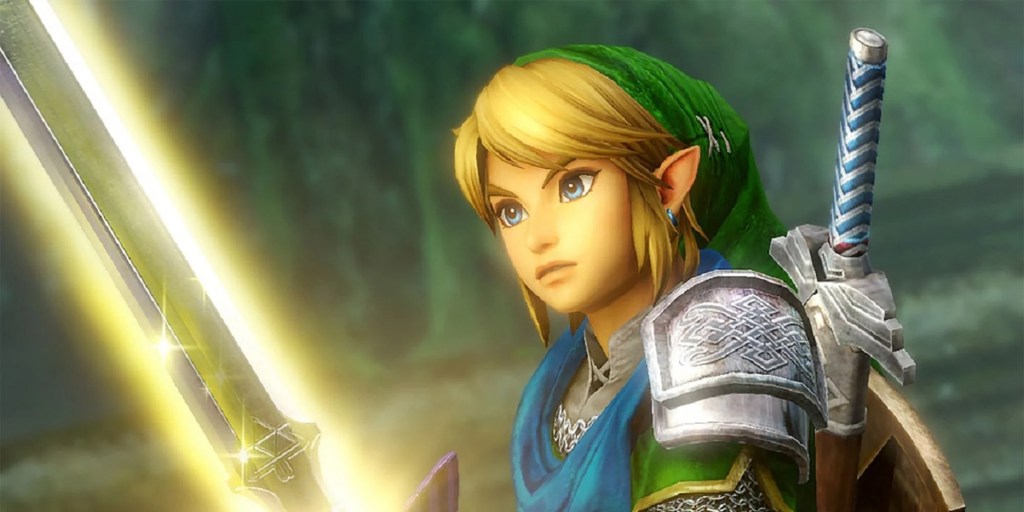
15. Link is Partially Based on Peter Pan
Most Zelda fans know that the basic gameplay ideas for The Legend of Zelda came from Shigeru Miyamoto’s childhood as he’d explore the countryside around his home in Kyoto. It’s why the original Zelda is so much less linear than other games of the era. But what about the main character? After all, Miyamoto is clearly not an elf boy like Link.
In a 2012 interview, Miyamoto finally revealed that Link’s iconic look was thought up by sprite designer Takashi Tezuka who simply wanted the character to be more recognizable, so he based Link’s look on Disney’s classic Peter Pan cartoon.
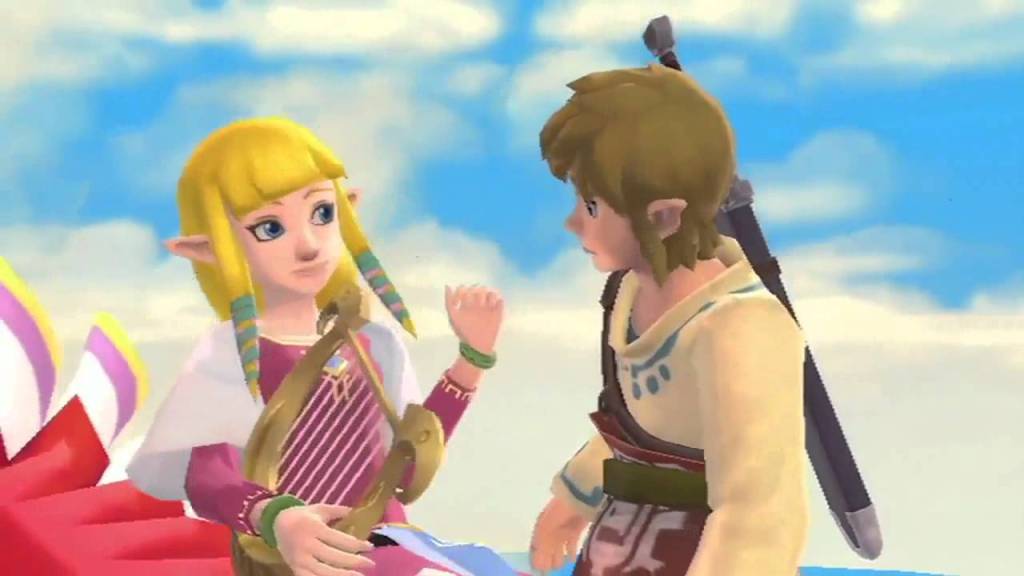
14. Zelda was Named after Novelist Zelda Fitzgerald
When you really start digging into the origins of The Legend of Zelda, it turns out that inspiration came from some of the most unlikely places. As the story goes, Miyamoto had named Link and had a good idea for what the game would be, but he had no idea what to call the princess his hero would save.
Supposedly, a Nintendo PR representative suggested the name of the wife of the author of The Great Gatsby, and Miyamoto embraced it because “She was a famous and beautiful woman from all accounts, and I liked the sound of her name.”
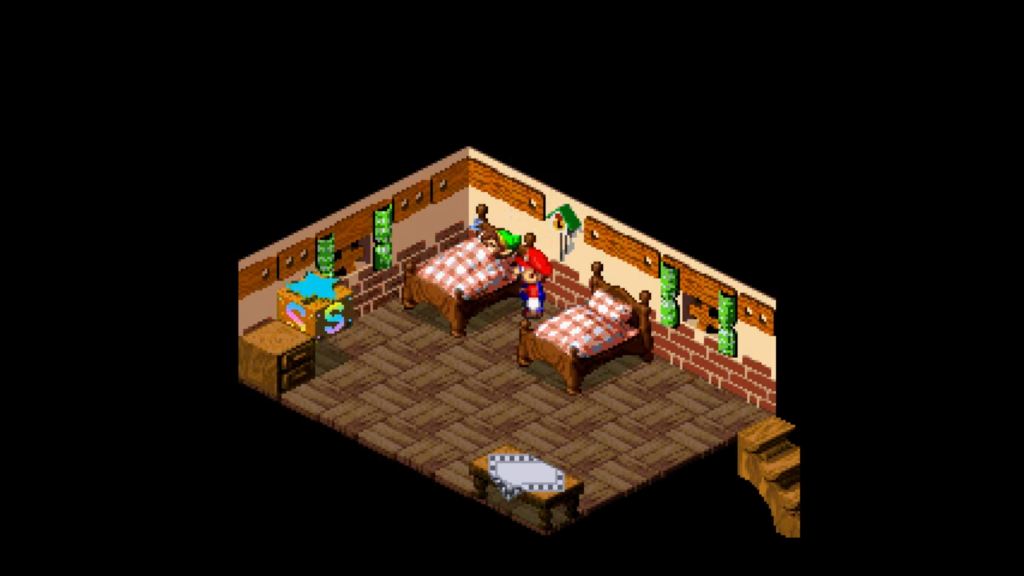
13. Link Has a Cameo in Super Mario RPG
Nowadays, Nintendo has no problem crossing over its properties. Link has been a mainstay in the Super Smash Bros. series since the first game on the Nintendo 64, and he’s even a playable racer in Mario Kart 8 Deluxe. But it used to be much more uncommon to see characters from different Nintendo franchises interact with each other.
In the SNES classic Super Mario RPG: Legend of the Seven Stars, Mario can actually find Link sleeping at the Rose Town Inn. Link won’t say anything if Mario speaks to him (as he never speaks in any games), but a tune from The Legend of Zelda series will play instead. Metroid‘s Samus can also be found sleeping in another bed, and references to the Star Fox and F-Zero series are scattered throughout the game. Between those references and the Final Fantasy nods, Super Mario RPG was practically what the Smash Bros. series would soon become.
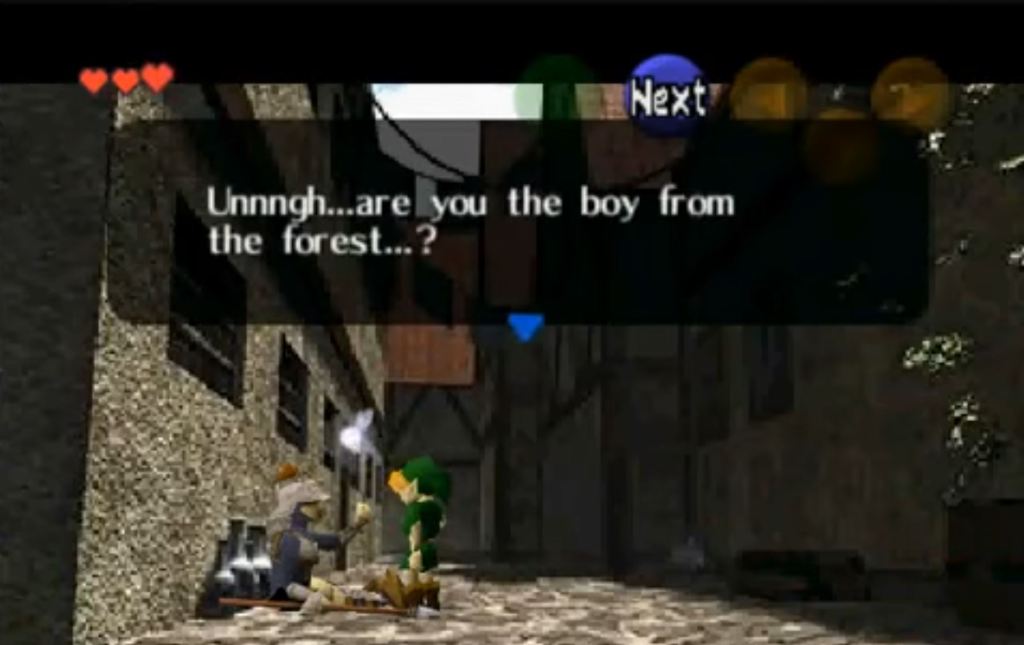
12. Ocarina of Time’s Secret Soldier Scene
Ocarina of Time is a big game. Like, really big. You’re almost certain to miss a bunch of stuff if you don’t use a guide. Aside from things like obscure heart pieces and items, though, one of the most notable parts of the game that a lot of players miss is the dying soldier in Hyrule Town.
The soldier appears at only one brief point in the game in the back alley of Hyrule Town, after Link obtains the three Spiritual Stones, and just before he enters the Temple of Time. It’s an incredibly brief, and incredibly specific, window of time that you can easily overlook. When Link speaks with the soldier, he tells Link of Ganondorf’s betrayal of the royal family. Try to speak with him again though, and Navi only solemnly states “He’s not moving anymore.”
Despite how easy it is to miss, this is actually one of the most powerful and narratively important moments in the entire game. There’s actually some mystery as to why this scene even exists in this way in the first place, with some speculating that it might be leftover from an abandoned idea.

11. The Tingle Games That Have Never Been Released In the West
Given the popularity of The Legend of Zelda franchise, it should come as no surprise that the mainline Zelda entries have all been released in North America. However, there are still a few spin-offs that have never been officially released here, and it’s highly unlikely they’ll ever head this way no matter how deep Nintendo digs. Interestingly, most of those games star Tingle.
35-year-old fairy enthusiast Tingle made his debut in Majora’s Mask to a…mixed reception. Some fans liked him and some fans hated him, but, more importantly, some regions liked the character more than others. So, Nintendo eventually decided to give Tingle his own 2006 DS spin-off: Freshly-Picked Tingle’s Rosy Rupeeland. They even followed it up with a 2009 sequel, Ripened Tingle’s Balloon Trip of Love. Both games received positive reviews, and Nintendo even released two more downloadable companion games, Tingle’s Balloon Fight DS and Dekisugi Tingle Pack. While Freshly-Picked Tingle’s Rosy Rupeeland did see a European release, the rest of the series has stayed Japan-exclusive. Nintendo has shown no interest in changing that given how unpopular Tingle is in the West.

10. Ocarina of Time Was Originally Going to be a First-Person Game
Ocarina of Time went through an unusually lengthy and winding development process. At one point, it was going to be very similar to Super Mario 64 (and it actually shares an engine with that game, albeit heavily modified). At another point, it was going to be exclusive to the ill-fated 64DD peripheral. But one of the most surprising revelations to come out about the game over the years is that Miyamoto originally wanted the game to be played entirely in the first-person so that gamers could get a better feel for the world that was being built.
That idea was ultimately discarded when Young Link was introduced into the storyline. After all, it didn’t make sense to not let players see the character age throughout the course of the adventure. However, the first-person perspective did make it into the game in a more limited fashion, and Miyamoto eventually pushed for his first-person idea to be incorporated into Metroid Prime.
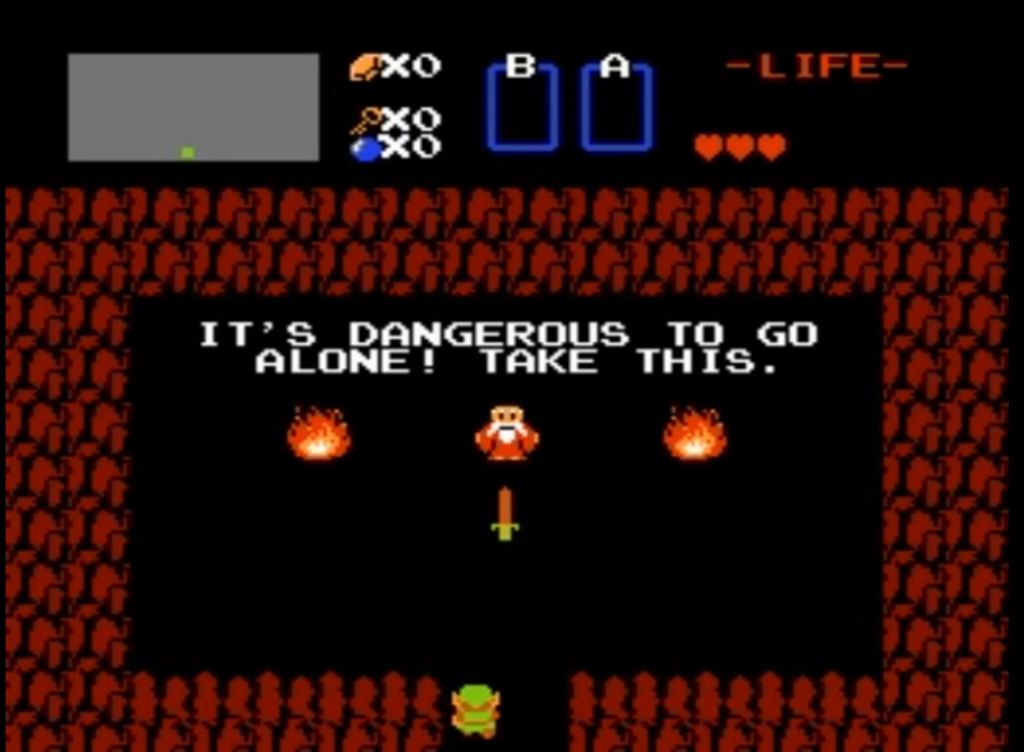
9. You Can Beat Most of The Legend of Zelda Without Picking Up the Sword
The Legend of Zelda for NES famously opens with Link entering a cave and an unnamed old man offering him a sword, telling him “It’s dangerous to go alone! Take this.” That’s how the adventure usually begins for most players at least, but it turns out you can almost beat the entire game without ever picking up the sword. Of course, that’s no easy feat.
To do this, simply ignore the old man and start playing through the game as normal. You’ll have to evade enemies for a bit as you pick up the Blue Candle, then bombs, arrows, and the boomerang to get through the game’s dungeons sans sword. You will need a sword to defeat the game’s final boss, Ganon, but that’s strangely the only time it’s an absolute requirement.
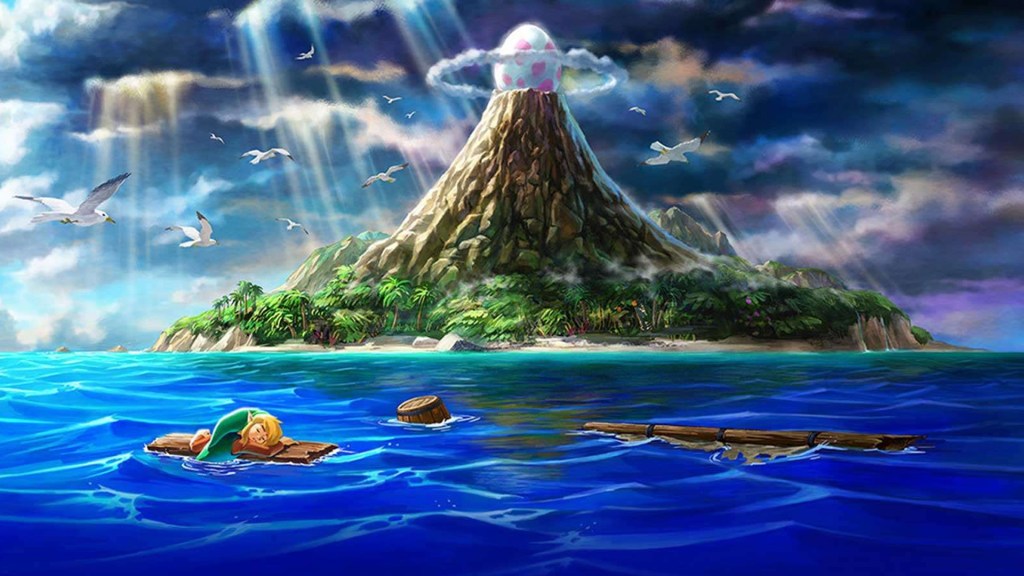
8. Link’s Awakening was Inspired by Twin Peaks
Link’s Awakening was the first Zelda title to really break away from the conventions the series was developing. Zelda herself is only briefly mentioned, and instead of Hyrule, the entire game takes place on Koholint Island: a remote, surreal part of the world full of oddball characters.
Director Takashi Tezuka has been open that Link’s Awakening’s unique setting and characters were inspired by David Lynch’s Twin Peaks. For those who don’t know, Twin Peaks actually became hugely popular in Japan during its brief original run in the early ‘90s. It’s probably no coincidence then that the 2019 Link’s Awakening remake came out soon after the long-awaited third season of Twin Peaks finally made it to air. Sadly, that remake doesn’t feature a green glove that grants the wearer mysterious mythical strength. There’s also no word regarding the quality of Koholint Island’s coffee.
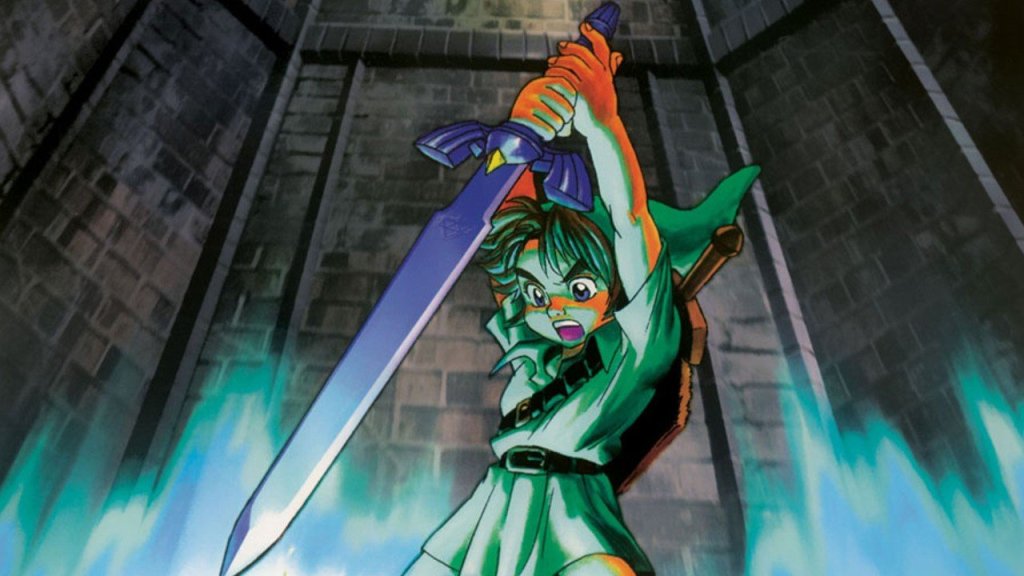
7. The Complicated History of Ura Zelda
Nintendo was in a weird place in the ‘90s. Though the N64 sold well, the company still invested a lot of its hopes and money into an add-on for the console, the 64DD, which would connect to the internet and allow developers to ship expansion disks for N64 titles. It was a neat idea in theory, but a disaster in practice. Development of the peripheral stalled, and most of its planned games were canceled or just moved to the N64. The 64DD was eventually only released in Japan in late 1999 in very limited quantities.
Still, a lot of work went into those 64DD titles, with Ura Zelda being among the most infamous. It’s not entirely clear what Ura Zelda would have looked like, though interviews from the time indicate it would have added dungeons and enemies to the regular Ocarina of Time game. Eventually, Ocarina of Time Master Quest, a more difficult, remixed version of the original game was released for the GameCube (and the 3DS as well). Nintendo claims that this version of the game is the fabled Ura Zelda, though some fans still insist that the real Ura Zelda has never been released.

6. Cutting Two Dungeons Resulted in Wind Waker’s Hated Triforce Quest
Despite initial criticism of its art style, The Wind Waker is now widely considered a masterpiece, with many Zelda fans citing it as their favorite in the series. But even most of them would concede that the Triforce Quest (a tedious exercise in sailing the Great Sea for Triforce shards in the game’s final hours) could have at least been better implemented.
As it turns out, there was a time when that quest was better implemented. Since the game was released, Wind Waker director Eiji Aonuma has admitted that the original idea was to have two dungeons essentially take the place of the Triforce Quest, but they had to be cut for time. He also said parts of those dungeons were later used in other Zelda games, but where exactly they ended up remains unknown.
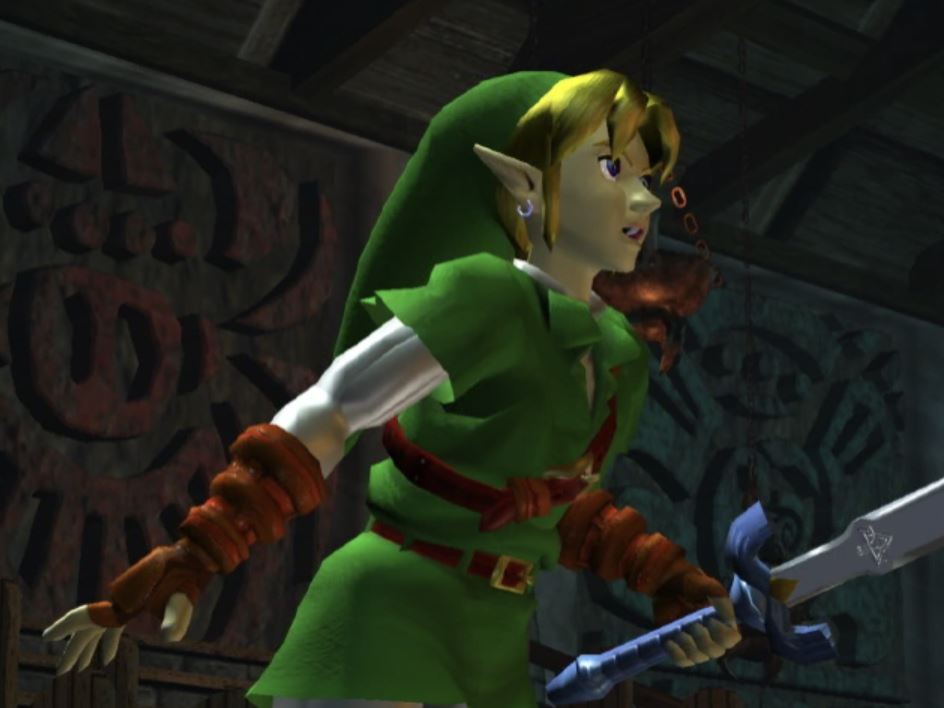
5. There Was Some Development of a Game Based on that Space World 2000 Demo
When Nintendo announced the GameCube in 2000, one of the accompanying demos shown off was a 30-second clip of an epic sword fight between Link and Ganondorf. It’s actually a really cool, cinematic clip that still holds up after more than 20 years. Gamers loved it and couldn’t wait to see more of this more mature, realistic Zelda. When Nintendo ultimately went in a wildly different art direction for their next Zelda title, some fans were confused/angry.
What you may not know is that Nintendo started development of a game that was visually closer to that Space World demo and based more on Ocarina of Time‘s looks. However, they found they didn’t really have any new ideas to go along with it, but when one designer drew a cartoonish sketch of Link, the rest of the team loved it so much, they decided to use that as the basis for the next game’s art style, and that’s how we ended up with The Wind Waker instead of a game that looked more like the demo.
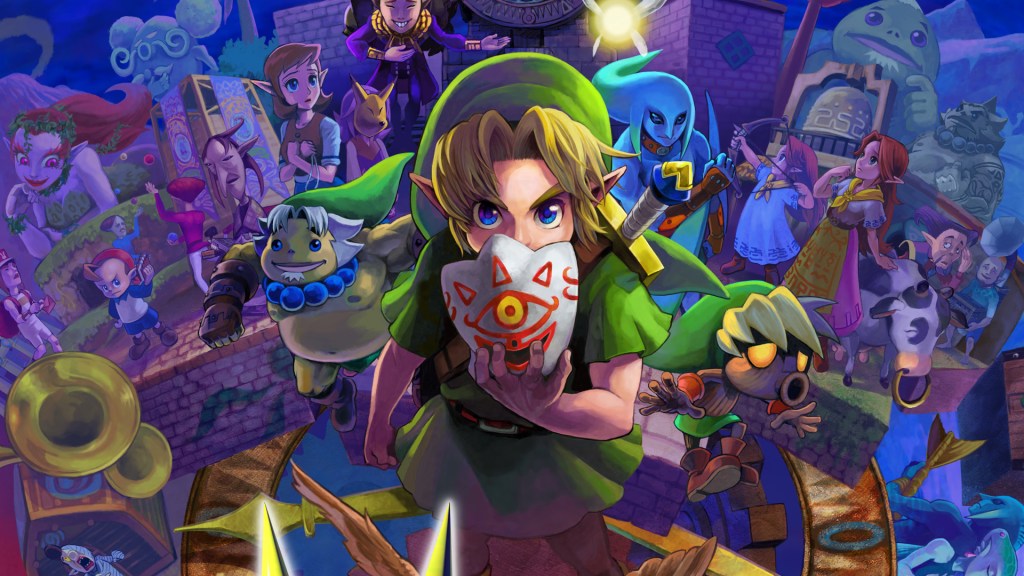
4. The Zelda Games with the Most and Least Dungeons
Dungeons are an essential part of most Zelda games, but have you ever wondered which Zelda games feature the most and least dungeons? The answer is surprisingly complicated, due largely to varying definitions of what exactly constitutes a Zelda dungeon.
Generally, a dungeon is considered a mandatory area that culminates with a boss fight and Link receiving a heart container. By that definition, the game with the most dungeons is actually a tie. Both A Link to the Past and its 3DS successor A Link Between Worlds feature 12 dungeons. However, that means counting the three parts of Hyrule Castle in A Link to the Past as three different dungeons since they’re visited at different times. And if we want to bend the rules a bit, the Game Boy Advance port of A Link to the Past also features a 13th dungeon, the Palace of Four Swords, which is only accessible after completing the included Four Swords adventure. That’s very much its own distinct dungeon, but it’s debatable just how optional that dungeon is for someone playing through the game. Then again, if you want to get even more technical, the original The Legend of Zelda actually features 18 dungeons if you count the Second Quest.
Anyway, it’s much easier to calculate which Zelda game has the fewest dungeons. Majora’s Mask only features four dungeons, though that also discounts the final trip inside the moon, which again, some fans will argue should be counted as a fifth dungeon. In that case, it would actually be tied for the fewest dungeons with Breath of the Wild.
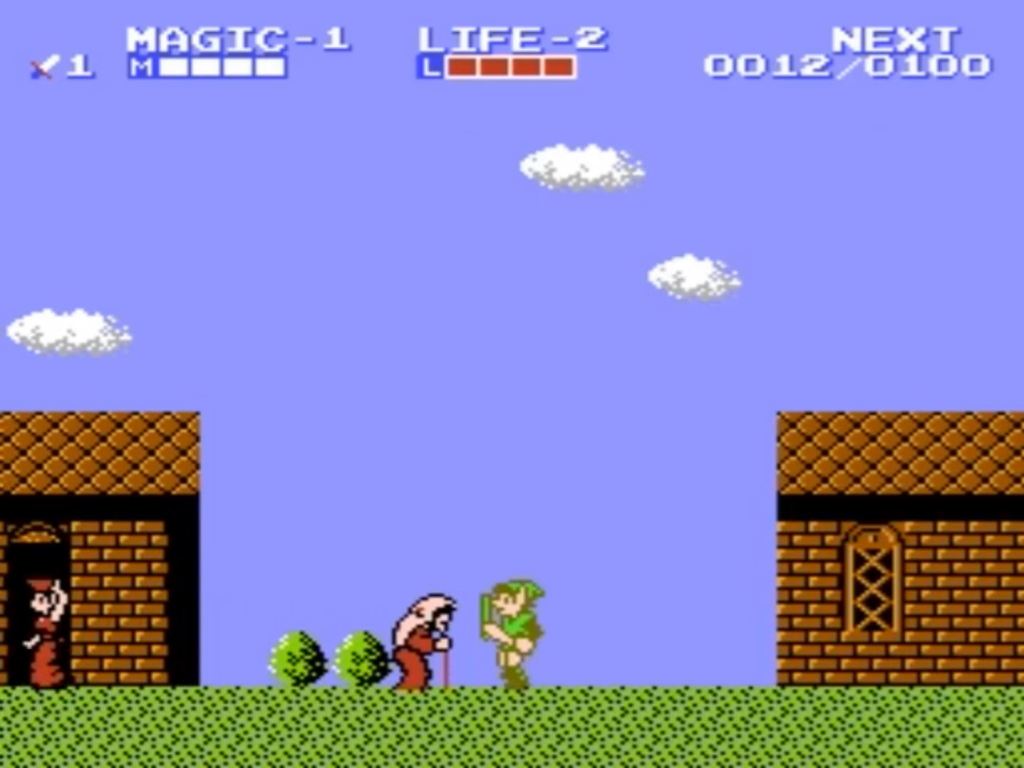
3. A Canceled Remake of The Adventure of Link eventually became Ocarina of Time
Remember when I said that Ocarina of Time had a really long and weird development? If we go way, way back to the early ‘90s, as Nintendo was starting to experiment with 3D games like Star Fox, it started working on a SNES remake of the much-maligned Zelda II: The Adventure of Link.
Powered by the fabled Super FX chip. the game still would have largely been a side scroller like the original, but this time it would have featured a thin, polygonal Link and focused even more on sword fighting. It’s interesting to think what this game could have ended up like, and if it might have corrected some of the issues with the original game. However, the game’s development cycle meant it wouldn’t have been released until very late into the SNES’ lifecycle, so it was ultimately scrapped. However, Nintendo took some of the ideas from the scrapped remake and incorporated them into Ocarina of Time.

2. A Third Game Boy Oracle Game was Originally Planned
At the tail end of the Game Boy’s lengthy lifespan, Nintendo released two excellent Zelda games: Oracle of Ages and Oracle of Seasons. Each featured the ability to trade passwords between the two games for special items, and even a unique final boss encounter.
However, the original plan was to release a third Oracle game with the idea being that each game in the trilogy would represent an aspect of the Triforce. Seasons represents Power, Ages represents Courage, and the third game would have represented Wisdom. Little is known about the third game, but it would have reportedly utilized a kind of magical paintbrush (a feature strangely seen in the great Zelda-like, Okami). However, that third title was eventually scrapped due to logistical issues that included the complicated process of trading data between the three games.
But did you know that the Oracle games weren’t even the original plan for these Game Boy titles? Initially, Capcom asked for permission to remake the original Legend of Zelda for Game Boy Color. If that had gone well, Flagship would have remade other Zelda titles and found ways to “connect” all of those titles. Unfortunately, developer Flagship soon realized they had bitten off more than they could chew. It turns out that it was difficult to port the title to the Game Boy’s much smaller screen and still display everything as intended.
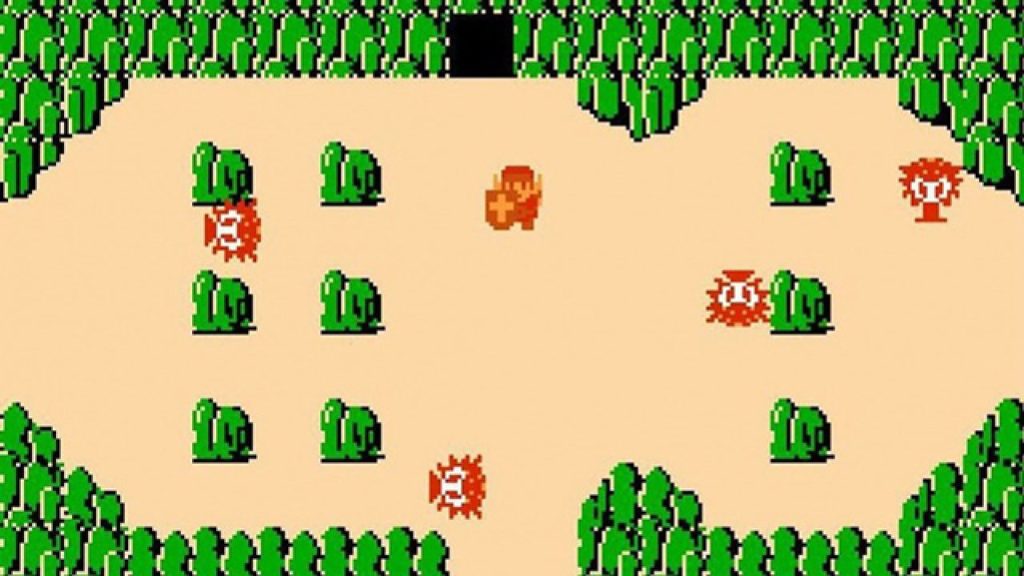
1. The Legend of Zelda Was Almost a Sci-Fi Series
The Legend of Zelda franchise has become synonymous with sword and sorcery tropes, but some of Miyamoto’s early ideas would have taken the series in a very different direction. In the years since the game’s release, he’s revealed that he initially planned for the game to feature a time-traveling protagonist, and a Triforce made up of microchips and electronic circuits. Even the protagonist’s name was meant to evoke the idea of a “hyperlink.” There are also rumors that an early version of A Link to the Past could have featured a sci-fi setting or elements of sci-fi design. However, it’s not clear if that idea made it very far or if it would have been based on the original idea for the original Zelda game in any way.
It’s kind of wild to think about how radically different the gaming landscape could have been if The Legend of Zelda had gone this route. Maybe it wouldn’t have even been the massive hit it became. Then again, some of these ideas have made their way to later games. Ocarina of Time went all in on time travel, and Breath of the Wild’s DLC even featured a motorcycle, so maybe the series is slowly embracing Miyamoto’s original vision.
